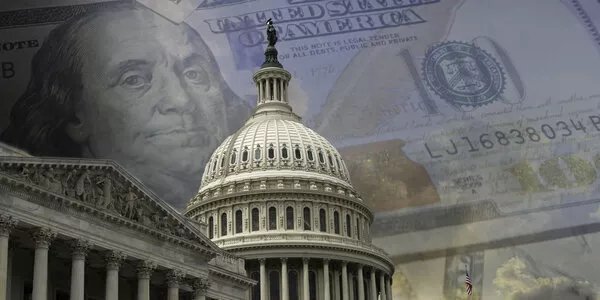
Weekly Update - Central banks still vigilant despite tightening financial conditions
Financial conditions have tightened further over the past few months: bond yields and mortgage rates have been pushed upward while equity markets declined. However, this does not seem to give central banks any incentive to ease policy. Similar to the European Central Bank (ECB) last week, both the Federal Reserve (Fed) and Bank of England (BoE) have repeated they want to keep policy rates high for longer,. As they remain concerned inflationary pressures could remain entrenched, central banks also maintained their hawkish stance. Meanwhile, the Bank of Japan (BoJ) took another step into its gradual policy normalisation. However, these central banks’ decisions were broadly in line with expectations, helping equity markets to rebound some of the lost ground.
Fed stands by its policy and hawkish tone. As widely expected, the US central bank kept its policy rate at 5.25-5.5% for its second consecutive meeting and said it would continue to run down its balance sheet as planned. Fed Chair Jerome Powell again struck a hawkish tone at the press conference, emphasising that rate hikes may still be on the agenda over the coming meetings. He did, however, stress the significant progress made in the battle against inflation. He also said the recent tightening in financial conditions should help bring inflation back towards the 2% target. Coming out of this meeting we still believe in our scenario, that the Fed has finished tightening but will keep rates high for some months yet. Inflation continues to soften and is likely to end the year below the Fed's forecasts as tensions in the labour market continue to ease and the economy slows.
BoE keeps rates on hold. Equally unsurprisingly, the BoE left its bank rate at 5.25% and its balance sheet run-off plans unchanged. It too stuck to its restrictive tone given that UK inflation is proving painfully slow to ease despite a backdrop of sluggish growth.
BoJ continues to modify its yield curve control policy. Having left its policy rate on hold at -0.1%, the Bank of Japan announced it was further loosening its yield curve control framework setting the target for 10-year JGB yields at 1% which it now describes as a “reference” rather than a ceiling. Yields duly edged up to 1%, but overall, this appeared as a disappointment for the markets which had expected more radical changes given the steep rise in US long bond yields and the relatively high inflation. The net result was that the yen lost more ground. We, however, are sticking by our view that the change in Japanese monetary policy will be a very gradual process. The BoJ will want to see clear signs of additional increase in wages before it starts worrying about inflation and, fearful of market turbulence, will tread very slowly in returning policy to normal after years of ultra-accommodative policy.
This week's highlights include the Q3 2023 European growth figures, the american ISM manufacturing survey and the US employment report, as well as the Chinese PMI manufacturing survey.





